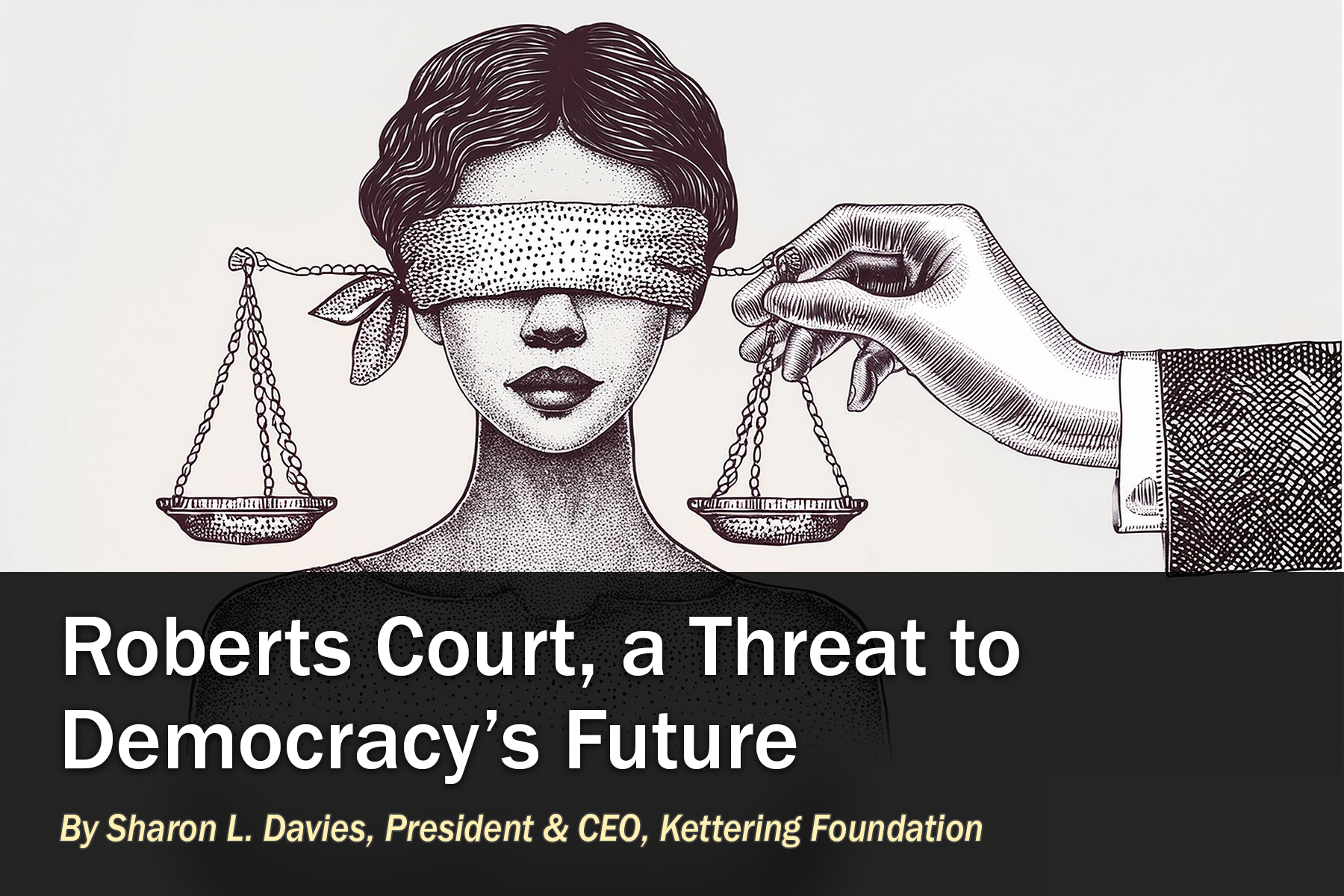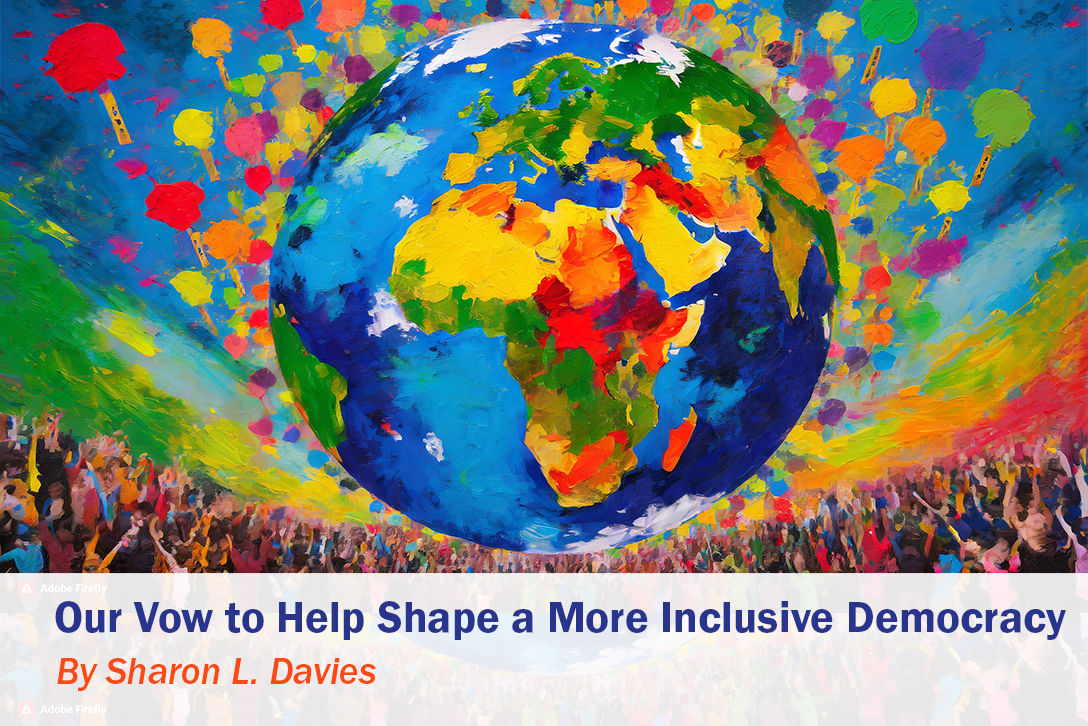Remembering Brown v. Board of Education

I can’t remember when I first heard the title of this landmark case, but I am certain it was well before I attended law school. It was maybe as early as middle school or grade school, which says a lot about the significance of the case to our society.
You certainly don’t have to have gone to law school to know about this case. When you hear someone refer to the shorthand title of the case, Brown v. Board, or even “the Brown decision” most know immediately that the reference is to the case in which the Supreme Court finally declared as unconstitutional laws that banned White and Black children attending public schools together.
There are a handful of case names that are familiar to us in this way: the 1966 Miranda decision, which established “Miranda warnings” that police are expected to give before interrogating people in custody. Or Roe v. Wade, the 1973 decision that settled, for a time, women’s reproductive freedom and right to choose an abortion. And more recently the Dobbs decision, reversing Roe v. Wade.
Brown v. Board of Education is like that. It remains familiar to us, despite being decided exactly 70 years ago this month. That’s a long time ago. Why are we still talking about it?
One answer is that, of all the decisions decided by the US Supreme Court across its history, Brown is considered by many to be its most moral decision. And incontestably it represents a watershed moment in the long struggle for racial equality in our country.
But let’s also be clear. It took a long time for the Supreme Court to get to the point where it would deliver the opinion that it did in Brown, finally reversing a horror of a decision that it had handed down in 1896 in Plessy v. Ferguson, which established the shameful “separate but equal” doctrine, a doctrine that was used for decades to justify laws and practices that policed the segregation of Whites and Blacks in a host of settings, including K-12 schools, college campuses, trains, busses, restaurants, hotels, hospitals, libraries, public pools, water fountains, public bathrooms, barber shops, even cemeteries and entire neighborhoods.
It is sometimes forgotten that the decision in Brown v. Board of Education itself was not a single case, it was the consolidation of five separate lawsuits against five different school districts in Kansas, South Carolina, Delaware, Virginia, and the District of Columbia. Each of those cases raised the same central question: did laws that kept Black and White children from attending public schools together violate the US Constitution?
One of those five cases touched my father’s family. My father was one of the hundreds of thousands of Black children in South Carolina who were banned from attending schools open only to White children. And sadly, the decision in Brown in 1954 came too late to impact the educational experiences that my dad had in his home state. But years later, the decision meant that his children, my brothers and sisters and I, would have at least a handful of White classmates along with our Black classmates in the schools we attended in South Carolina.
Change like that has never happened quickly in the United States. As much as we celebrate the decision in Brown today, it is worth remembering that the change that the decision called for was the subject of massive resistance and horrifying violence. The power of the Supreme Court in 1954 was not sufficient by itself to attain justice for Black Americans. Which was why, 10 years later, the US Congress would have to reinforce the Court’s decision in Brown by passing the Civil Rights Act of 1964. And over the long haul, the decision was also vulnerable to being undermined through other legal, if ignoble means, such as the phenomenon of White flight.
Brown was a significant step in our nation’s still unfinished journey toward racial fairness. Although a monumental legal victory, the decision’s turbulent aftermath highlights the importance of the public’s willingness to accept the rightness of the Court’s pronouncements. This can be a big ask, given the Court’s imperfect jurisprudence and citizens’ deep disagreements with each other. In the end, history will be the judge of us all. The progress achieved through Brown was made possible not just by the Court’s decision but also through the courage of the plaintiffs who raised their voices at a dangerous time, the persistence of their lawyers who, case by case, chipped away at a legal doctrine unworthy of us, the social scientists whose work exposed the harms of White supremacy for Black and White Americans, and the activists, community leaders, and ordinary citizens who insisted on fairness and social change. As we reflect on the significance of this landmark decision, we must honor the legacy of those who refused to give up the fight for a better us and continue the work that they began.




